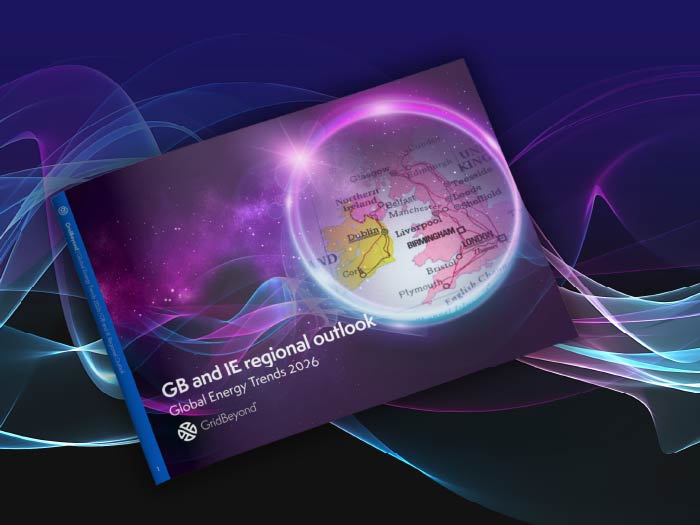News
better business decisions
Posted 5 months ago | 3 minute read
Automation is the key response to PJM’s evolving emergency load response program
Automation is the key response to PJM’s evolving emergency load response program
The PJM Emergency Load Response Program (ELRP) provides businesses with an opportunity to monetize operational flexibility by curtailing energy usage during periods of grid stress. But upcoming rule changes in the program will require automation and more responsive participation says GridBeyond in its latest white paper: The imperative for automation | the PJM Emergency Load Response Program.
ELRP has been year round since 2017 but emergency events historically have been called during the winter, but now we are seeing summer events. In June 2024, an intense heatwave pushed PJM’s grid to an unprecedented peak load of 160,526MW on June 23, exceeding forecasts by over 6,000MW. This marked the highest demand since 2011. In response, PJM issued Hot Weather Alerts from June 22-26, a Maximum Generation Alert through June 25, and took Pre-Emergency Load Management Reduction Actions on June 23, 24, and 25 across various zones, including Atlantic City Electric, Baltimore Gas & Electric, and Dominion. These urgent dispatches, often with just 30 minutes’ notice, highlighted the critical need for rapid and reliable load reductions to maintain grid stability. These urgent dispatches illustrate the limitations of manual processes within the 24/7 ELRP framework.
From 2027, PJM’s proposal broadens the window for Demand Response (DR) participation from a limited set of hours during summer and winter to around the clock throughout the year. Together, these enhancements allow for expanded and more accurate DR participation as capacity resources. But the shift to year-round readiness also means organizations must be prepared for interruptions not just during peak cooling periods, but also during potential winter events.
Due to PJM ELRP events largely being unpredictable and the sole measurement for determining performance and payments for a delivery year, it is critical that customers have automated curtailment plans for demand response to ensure revenue can be secured in the program and to protect equipment in the event of a black out.
“Manual curtailment processes, where staff are instructed to turn off equipment or adjust HVAC settings, are no longer sufficient in a program that can issue dispatches with as little as 30 minutes’ notice potentially during holiday periods or outside regular business hours while automation allows businesses to respond instantly and precisely to PJM signals, optimizing their ability to meet curtailment targets and secure performance-based payments. GridBeyond’s automated demand response platform provides instant and accurate load reductions, maximizing compliance and revenue. By utilizing real-time data, predictive analytics, and customized curtailment strategies, GridBeyond enables businesses to effectively manage increasing dispatch demands, transforming grid challenges into profitable opportunities”, said Nick Guay, Business Development Director at GridBeyond.





